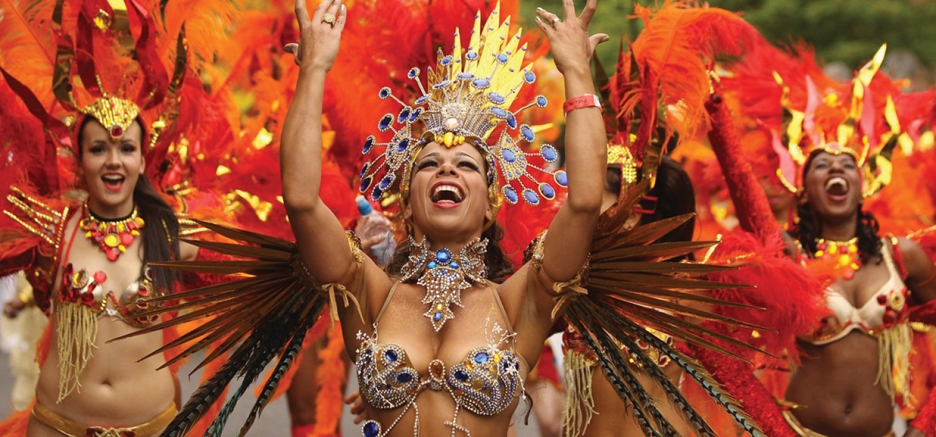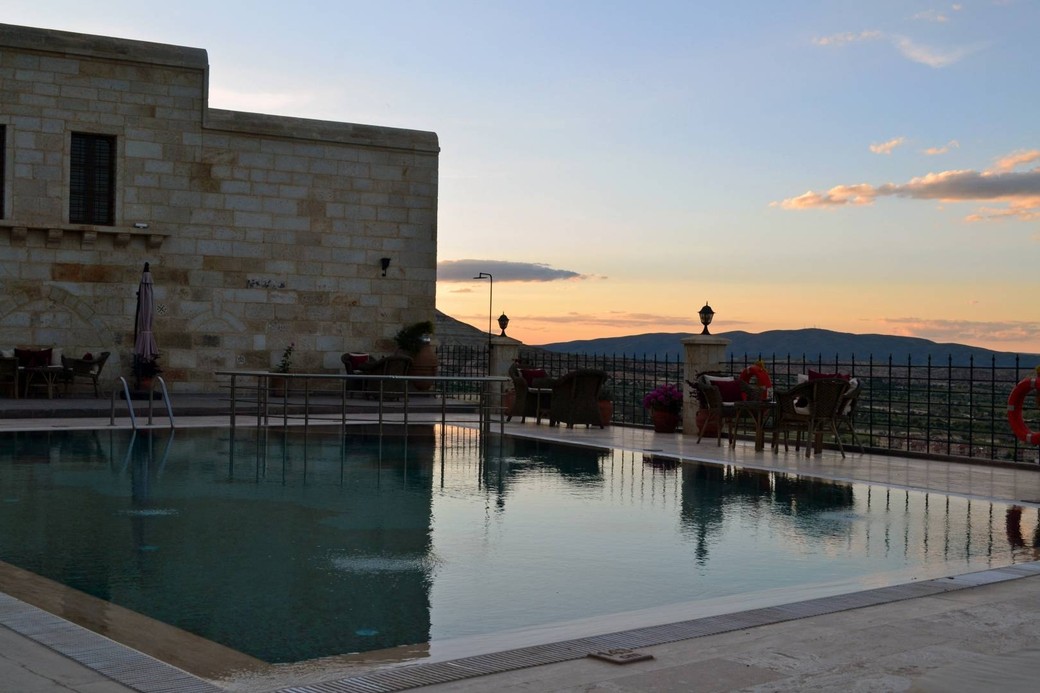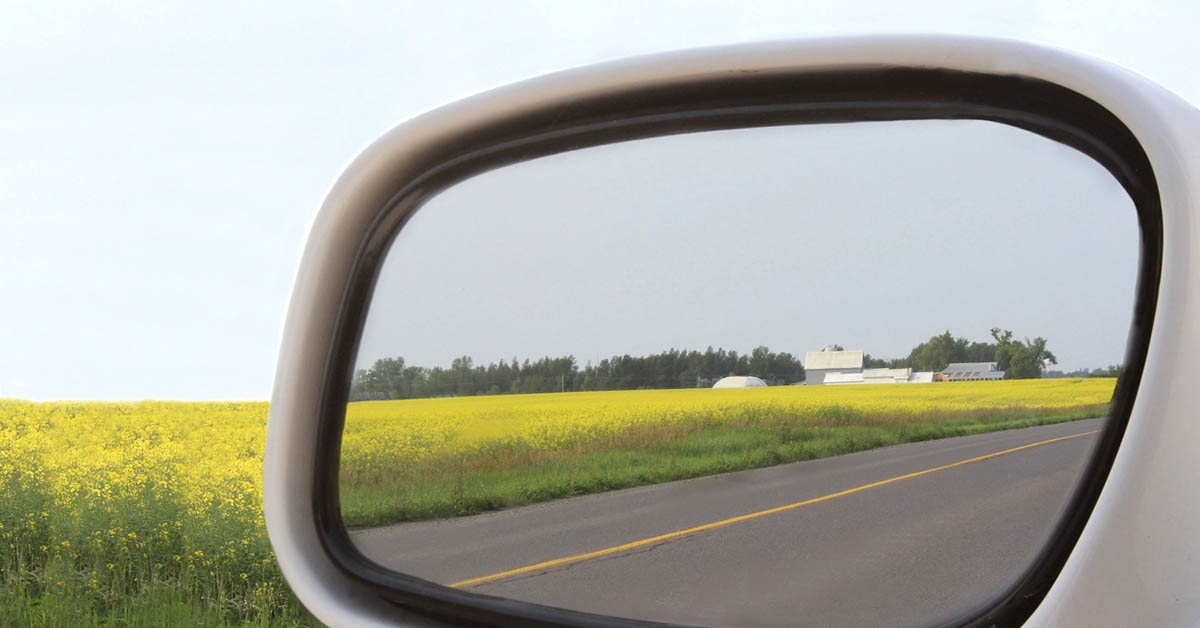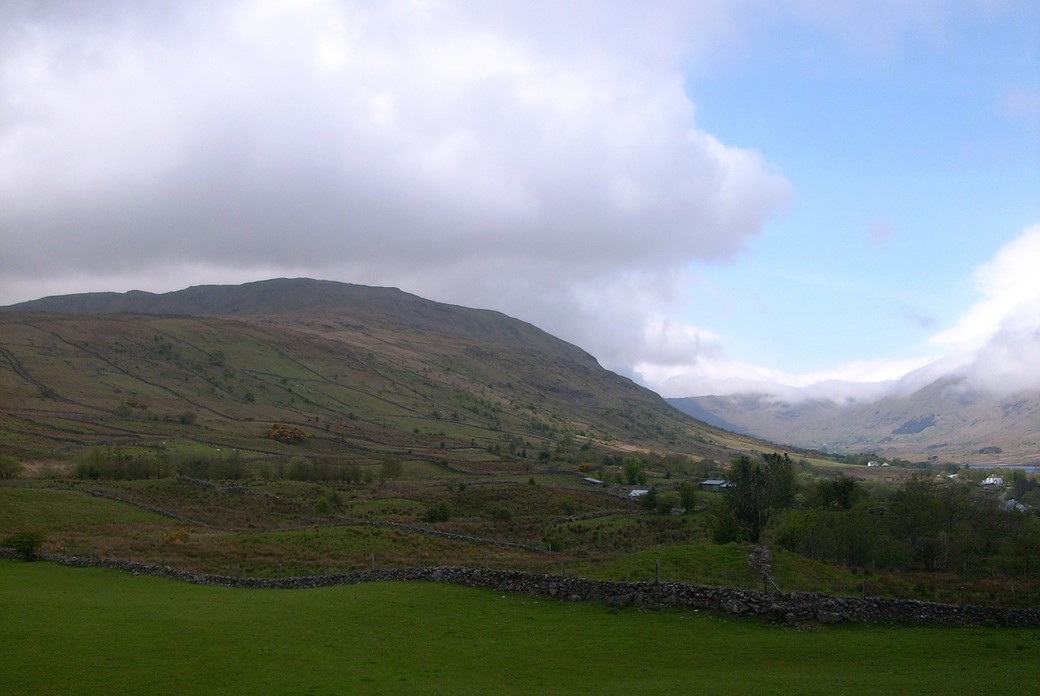
Ireland Welcomes You Home
Your Irish Heritage Is Waiting To Be Discovered.
It seemed fitting to take my daughter on a trip to Ireland to explore the land of her paternal ancestors. Thanks to the mild oceanic climate, the south and south west of Ireland are a beautiful lush green carpet peppered with towns, farms and plenty of history.
Ireland’s rich history includes settlements dating back to 8000 BC, the arrival of the Vikings in 800AD and the English conquest in the mid 1500’s but it’s the history of the potato that has shaped modern-day Ireland. More potatoes were grown per acre than any other crop. Locals benefited by the root vegetable’s ability to survive the ravages of war by laying hidden underground. The Irish population flourished thanks to the potato but in 1845 a lethal fungus attacked the crop leading to complete crop failure in 1848 and the resulting Great Irish Famine. As a consequence, millions of Irish emigrated abroad seeking a new life.
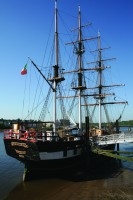
The first stop on our heritage holiday was the Dunbrody Famine Ship in the quaint town of New Ross, County Wexford. Located in the ancestral home of former American president John F. Kennedy, the trust in his name funded the construction of the replica ship. Although seaworthy, the Dundbrody is permanently moored, serving instead as a living museum. After viewing a short film, we took a guided tour. A highlight was the performance by two actresses playing the part of ship patrons. From 1846 to 1865, the Dunbrody and many other ships like it ferried passengers fleeing the famine to the Americas. Life was not easy on these cargo ships that were fitted with bunks for the voyage to America. Quarters were very cramped and unhygienic. Access to fresh air and light was limited to a half hour per day, weather permitting – and that wasn’t often. Many died during the crossings and the ships were given the inglorious nickname of coffin ships. Upon arrival, the bunks were torn out and the hulls filled with timber, cotton and guano for the voyage home.

Further west, in the Cork Harbor sits the port city of Cobh (pronounced Cove). The second deepest natural harbor in the world, Cobh was the single most important port for emigrants. More than 2.5 million adults and children left Ireland by its shores. The Cobh Heritage Centre is a wonderful little museum situated in the old Victorian railway station. Built in 1890, the station would have seen a host of Irish emigrant traffic. My daughter was very excited to learn that her great, great grandparents likely came through that exact station on their way to Canada. The museum has excellent displays that provide insight into conditions on the famine ships and the convict ships as well as describing the background that led to the exodus. The Centre also pays homage to the victims of the Lusitania, sunk by German U-boats during WWI, and the Titanic. For genealogists, the museum offers a research service that can be accessed on site or online. The Centre also runs a monthly heritage story contest. Written works can be submitted at story@cohbheritage.com.
We were lucky to be in Cobh the day of the 2009 South of Ireland Pipe Band Championships.The highlight was at the end of the day when more than 80 (I stopped counting) pipers from different bands all played at once. On April 11, 1912 the Titanic made its final stop in Cobh (formerly known as Queenstown) before heading out on its maiden voyage. One hundred and twenty seven passengers boarded the ship in Cobh, forty of whom survived. Many of the same buildings are still intact including the famed Cunard Lines offices. Unfortunately, Michael Martin, a local Titantic historian, was unavailable to take us on his world famous Titanic Trail walk which brings to life the strong maritime history of Cobh. We purchased a guidebook from the tourism office and headed out on our own. The walk took us up a steep hill to St. Colman’s cathedral designed in 1868 by the famous E.W. Pugin in the neo French gothic style. The cathedral has the only carillon in all of Ireland.
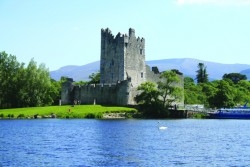
Our next stop was Killarney. The copper-rich area dates back 4,000 years but is now referred to as the tourism capital of Ireland. Killarney and the surrounding areas are teeming with ancient pagan and Christian sites as well as breathtaking scenery, pristine beaches and plenty of golf courses. In 1861, Queen Victoria visited English nobleman Henry Arthur Herbert, staying at his estate in Killarney. Impressed by the area and its beauty she decreed that it should become a National Park. Today, of the 26,000 thousand acres occupied by the park almost half of the area is the Bourn Vincent Memorial Park with the focal point being Herbert’s Muckross House. The mansion, its gardens and furnishing give great insight into local 19th century life and craftsmanship. Hire a bike, hike, or take a jaunting car (an Irish calèche) but do explore this UNESCO designated biosphere reserve. We joined a group to explore the Gap of Dunloe, a glacial breach valley with fantastic views, and decided on a horse and trap as the weather was unseasonably hot. We returned to Killarney by boat landing at Ross Castle in Lough Leane. The castle grounds begged us to sit and stay. We lingered by the waters edge until our hunger got the best of us.
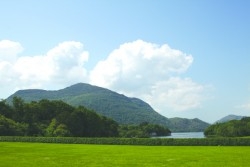
Our hostess Kathleen, from Kathleen’s Country Inn in Killarney, expressed dismay at the large tour buses that motor into town and then rush off again full of passengers eager to kiss the Blarney Stone. In her opinion, the true spirit of Ireland is alive in the Dingle peninsula. Ranked 18 on the 2008 World’s Top 100 Destinations in Europe, Dingle didn’t disappoint. Our only regret is that we didn’t have more time to explore this Irish gem.
Before leaving Killarney we doubled back to tour Ross Castle. Reconstructed using period materials and techniques, this 14th century castle is alive with history and a is fantastic experience. The military stronghold of the O’Donoghue Clan, the castle fell to Cromwellian forces in 1652. Quarters are tight and tours are limited to groups of twelve so make sure to book ahead.
Our last stop was Ireland’s third largest city, Galway (pop. 72,729). The principle port of trade with Spain and France during the middle ages, it is currently known for its arts, theatre, television and radio sector. Galway was the only European stop on the 2009 Volvo Ocean Race. Referred to as the “Mount Everest of sailing” it is a grueling 39,000 nautical mile race around the world. The city was booming as it hosted this two-week festival. We took in the free entertainment and marveled at all the sleek boats.
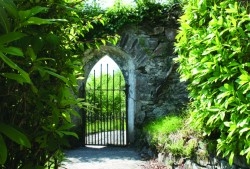
As Europe’s least populated country, Ireland is easy to navigate. It takes no time to get accustomed to driving on ‘the wrong side’ of the road but a little more time to adjust to the twisty, bumpy country lanes and the roundabouts. Fast food outlets can be found in larger cities but were happily absent in most of the towns we visited. Even though my daughter embraced her Irish heritage, learning more in a week than she ever would have at school, she was firm in letting me know that there would be no bag-piping in her future as the outfits were so ‘not cool.’ Whether your interests lie in history, genealogy… or Guinness, plan a visit to Ireland. Its natural beauty and friendly people will have you wishing you had Irish heritage too.
Click here for more information about Irish tourism.


